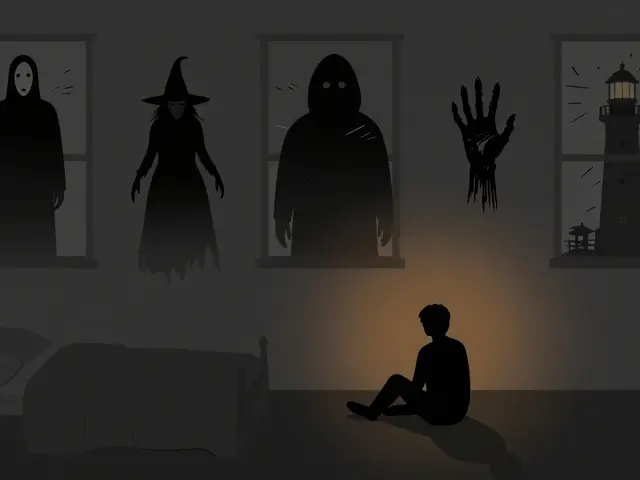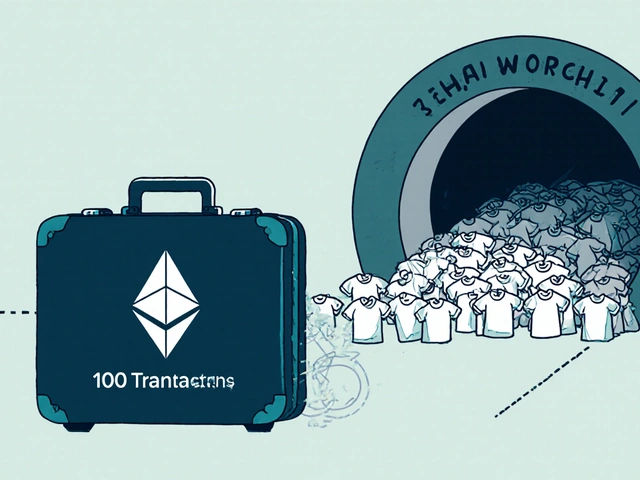Popular Video Content: What Works, Why It Spreads, and How to Create It
When we talk about popular video content, video that captures widespread attention across platforms like YouTube, TikTok, and streaming services. Also known as viral video, it’s not just about views—it’s about connection, timing, and understanding what people actually want to watch. It’s not magic. It’s not luck. It’s strategy wrapped in emotion. Think about the videos you’ve shared without thinking: a funny pet clip, a quick life hack, a heartfelt story that made you pause. Those aren’t random. They follow patterns you can learn and reuse.
Video marketing, the use of video to promote products, services, or ideas thrives on this same principle. Whether you’re selling a product or building a personal brand, your video needs to fit into the flow of what’s already trending. Platforms reward content that keeps people watching. That’s why short-form video—like TikTok clips under 60 seconds—dominates. It’s fast, snackable, and designed for attention spans that don’t wait. But even longer videos, like those on YouTube or streaming services, win when they solve a problem, spark emotion, or answer a question people didn’t even know they had.
Behind every piece of streaming content, video released on platforms like Netflix, Disney+, or Hulu that gains traction, there’s a reason. Maybe it’s relatable characters. Maybe it’s a twist no one saw coming. Or maybe it’s just the right tone at the right time. The same applies to YouTube creators and TikTok influencers. The best ones don’t chase trends—they anticipate them. They notice what’s already working in their niche and make it better, faster, or funnier.
And here’s the part most people miss: video editing, the process of cutting, arranging, and enhancing video footage to tell a story isn’t just about effects or transitions. It’s about rhythm. It’s about knowing when to hold a shot and when to cut away. A 10-second TikTok video can take 3 hours to edit because every frame matters. A 5-minute YouTube explainer needs pacing that keeps you hooked. You don’t need a $5,000 rig to make popular video content. You need clarity, purpose, and an understanding of what makes people stop scrolling.
What you’ll find in the posts below isn’t a list of random tips. It’s a real-world look at what’s working right now. From how to get streaming service discounts when you cancel, to why certain horror films break through at festivals, to how to edit a TikTok in under 20 minutes—these aren’t theory pieces. They’re field reports from people who’ve tried it. You’ll see how marketing funnels use video to move people from curiosity to purchase. You’ll learn how family sharing plans affect content access. You’ll even find out how much data a 10-minute YouTube video actually uses. All of it ties back to one thing: understanding the audience, meeting them where they are, and giving them something worth watching.
27
What Type of Video Content Is the Most Popular in 2025?
In 2025, short-form videos, how-to guides, and authentic customer testimonials are the most popular types of video content. Learn what actually works on social media and YouTube, and how to create videos that get seen, shared, and trusted.
Latest Posts
Popular Posts
-
 Best Horror Movies on Streaming Services Right Now
Best Horror Movies on Streaming Services Right Now
-
 How Roommates Can Fairly Share Wi-Fi and Streaming Costs
How Roommates Can Fairly Share Wi-Fi and Streaming Costs
-
 How to Find All Your Streaming Subscriptions and Stop Overpaying
How to Find All Your Streaming Subscriptions and Stop Overpaying
-
 Paramount+ with Showtime vs. Peacock Premium vs. ESPN+: Which Sports Add-On Fits Your Viewing Habits?
Paramount+ with Showtime vs. Peacock Premium vs. ESPN+: Which Sports Add-On Fits Your Viewing Habits?
-
 Parental Controls on Free Streaming Apps: How to Keep Kids Safe Online
Parental Controls on Free Streaming Apps: How to Keep Kids Safe Online



